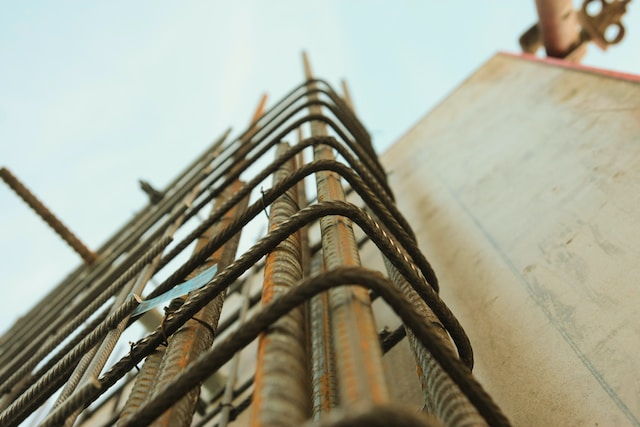Carrying out a Pre-Shipment Inspection in Steel Trade with China
Carrying out a pre-shipment inspection in the steel trade with China is an essential practice to ensure the quality, quantity, and compliance of goods before they are shipped.
To successfully conduct a pre-shipment inspection, follow this step-by-step guide:
1. Engage an Independent Inspection Agency
The first step is to hire a reputable and independent inspection agency with expertise in steel and international trade. Ensure that the agency has prior experience in conducting pre-shipment inspections and a proven track record in the industry.
2. Define Inspection Requirements
Clearly communicate your specific inspection requirements to the chosen agency. Provide them with all relevant information, including the type of steel products, quantity, quality standards, packaging requirements, and any other specific criteria or parameters that need to be checked.
3. Coordinate with the Chinese Seller
Inform the Chinese seller about the scheduled pre-shipment inspection and coordinate the logistics accordingly. Agree on the date, time, and location of the inspection, making sure it aligns with the seller’s production schedule and readiness to ship.
4. Inspection Scope
Clearly define the scope of the inspection, specifying the areas and aspects to be covered. This may include product quality, quantity, packaging, markings, labeling, and compliance with applicable standards or specifications.
5. Visual Inspection
Initiate the inspection with a visual examination of the goods. Look for any visible defects, damages, or inconsistencies in the products, packaging, or labeling. Take photographs or videos to document the condition of the goods.
6. Quantity Verification
Verify the quantity of the goods against the provided documentation, such as packing lists, invoices, or purchase orders. Count the products and compare the actual count with the stated quantity. Document any discrepancies or variations found.
7. Quality Assessment
Evaluate the quality of the steel products against the agreed-upon standards or specifications. This may involve checking dimensions, surface finish, weight, mechanical properties, or any other quality parameters outlined in the contract.
8. Sampling and Testing
Take representative samples from the inspected batch for laboratory testing, if required. This can help ensure that the products meet the specified quality requirements. Coordinate with the inspection agency and relevant testing laboratories for sample collection and analysis.
9. Compliance Verification
Check if the goods comply with applicable industry standards, regulations, and contractual obligations. Ensure that the products meet the required certifications, markings, labeling, and packaging standards for the intended destination.
10. Documentation and Reporting
Thoroughly document the findings of the pre-shipment inspection in a comprehensive report. Include details about the inspection process, observed quantity, quality assessment results, photographs, and any non-conformities or discrepancies identified. Share the report with the seller for acknowledgment and records.
11. Follow-up Actions
If any non-conformities or discrepancies are found during the inspection, communicate them to the seller and discuss appropriate corrective actions. Ensure that the identified issues are resolved or addressed before shipment.
12. Certification and Sealing
If the inspection is successful, and the goods meet the required standards, the inspection agency may issue a certificate of conformity or inspection report. In some cases, they may also seal the shipping containers or packages to prevent tampering.
By adhering to these steps and engaging a reputable inspection agency, you can conduct a thorough pre-shipment inspection in the steel international trade. This practice helps mitigate the risk of receiving non-compliant or substandard goods and ensures compliance with contractual obligations.






